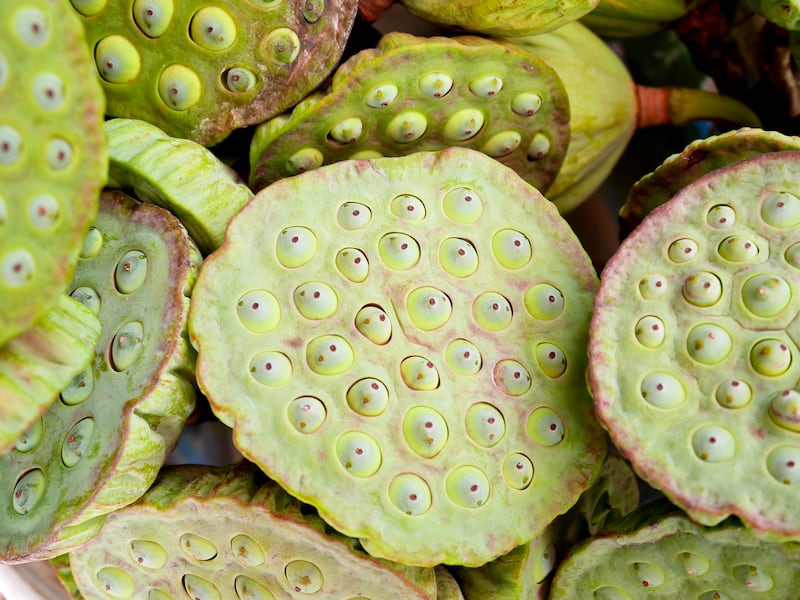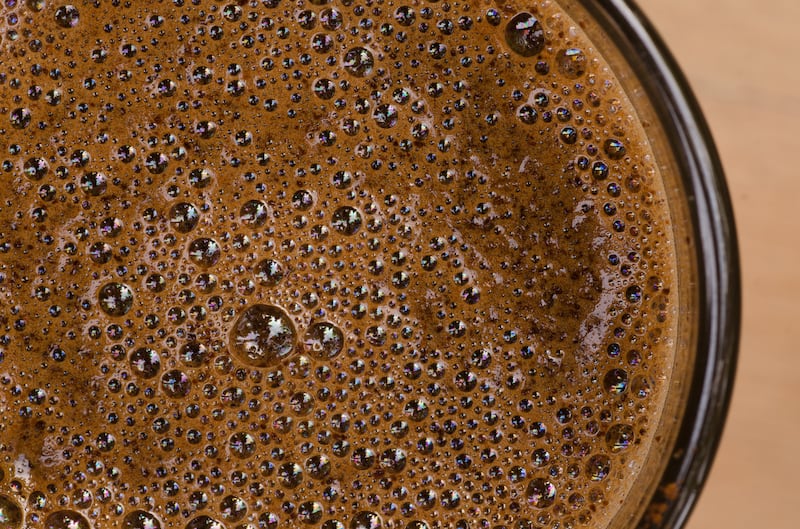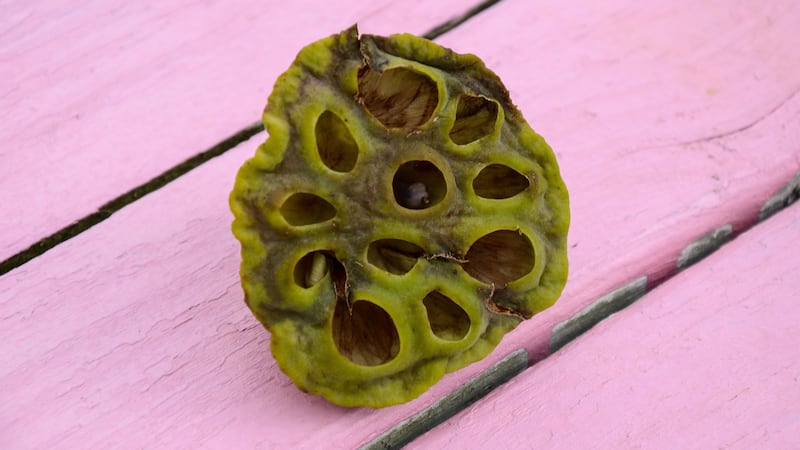Trypophobia, which is commonly known as fear of irregular patterns or clusters of small holes, isn’t actually a phobia at all, new research suggests.
Scientists believe aversion to holes – such as those seen in a honeycomb, a lotus seed pod or even aerated chocolate – is likely to be driven by disgust rather than fear.
Trypophobia isn’t officially recognised as a mental disorder by the American Psychiatric Association’s Diagnostic and Statistical Manual of Mental Disorders (DSM), but as Stella Lourenco, a psychologist at Emory University whose lab conducted the study, puts it: “Some people are so intensely bothered by the sight of these objects that they can’t stand to be around them.
“The phenomenon, which likely has an evolutionary basis, may be more common than we realise.”
Previous studies, including one published in Psychological Science in 2013, linked trypophobic reactions to fear, an evolutionary trait associated with the sympathetic nervous system in the brain.

During a state of fear, which could be caused by encountering threatening animals for example, the heart and breathing rate goes up and the pupils dilate. This reaction to a potential source of danger is known as the fight-or-flight response.
The researchers wanted to test whether this same physiological response was associated with images of cluster holes.
Using eye-tracking technology to measure changes in pupil size in their study subjects, the researchers found that looking at cluster holes caused the pupils to constrict rather than dilate – a response associated with feelings of disgust linked to the parasympathetic nervous system.
Vladislav Ayzenberg, lead author of the study, said: “On the surface, images of threatening animals and clusters of holes both elicit an aversive reaction.
“Our findings, however, suggest that the physiological underpinnings for these reactions are different, even though the general aversion may be rooted in shared visual-spectral properties.”

Unlike fear, which gears the body up for action, a parasympathetic response slows heart rate and breathing and constricts the pupils.
Mr Ayzenberg said: “These visual cues signal the body to be cautious, while also closing off the body, as if to limit its exposure to something that could be harmful.”
The researchers believe that clusters of holes may be “evolutionarily indicative of contamination and disease”, like for example, seeing rotten or mouldy food or skin marred by an infection.
Ms Lourenco said: “The fact that we found effects in this population suggests a quite primitive and pervasive visual mechanism underlying an aversion to holes.”
The study is reported in the journal PeerJ.








